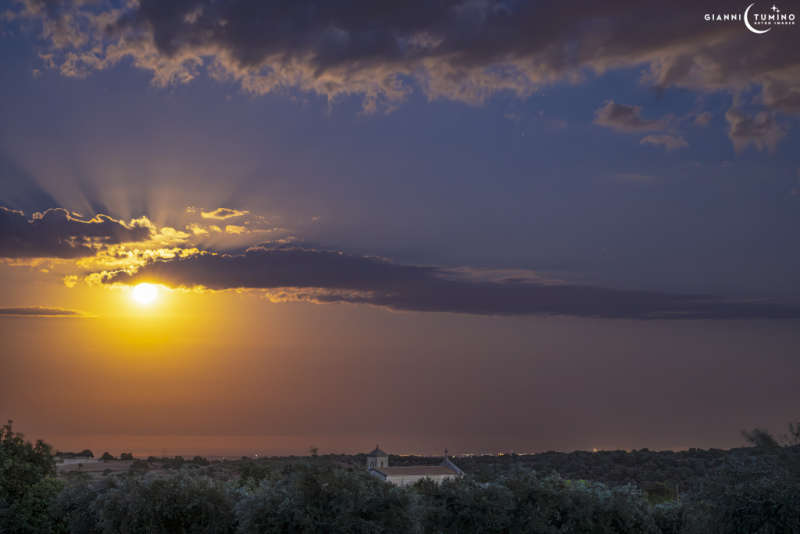
|
Credit & Copyright: Gianni Tumino
Explanation:
A Full Moon rose as the Sun set on August 1.
Near perigee, the closest point in its almost moonthly orbit,
the brighter than average lunar disk
illuminated night skies around planet Earth as the second
supermoon
of 2023.
Seen here above Ragusa, Sicily, cloud banks cast diverging shadows through
the supermoonlit skies, creating dramatic lunar
crepuscular rays.
The next Full Moon in 2023 will also
shine
on an August night.
Rising as the Sun sets on August 30/31, this second
Full Moon in a month is known as a Blue Moon.
Blue
moons
occur only once every 2 or 3 years
because lunar phases take almost a calendar month (29.5 days)
to go through a complete cycle.
But August's Blue Moon will also be near perigee, the third supermoon
in 2023.
|
January February March April May June July August September October November December |
| ||||||||||||||||||||||||||||||||||||||||||||||||
NASA Web Site Statements, Warnings, and Disclaimers
NASA Official: Jay Norris. Specific rights apply.
A service of: LHEA at NASA / GSFC
& Michigan Tech. U.
Based on Astronomy Picture
Of the Day
